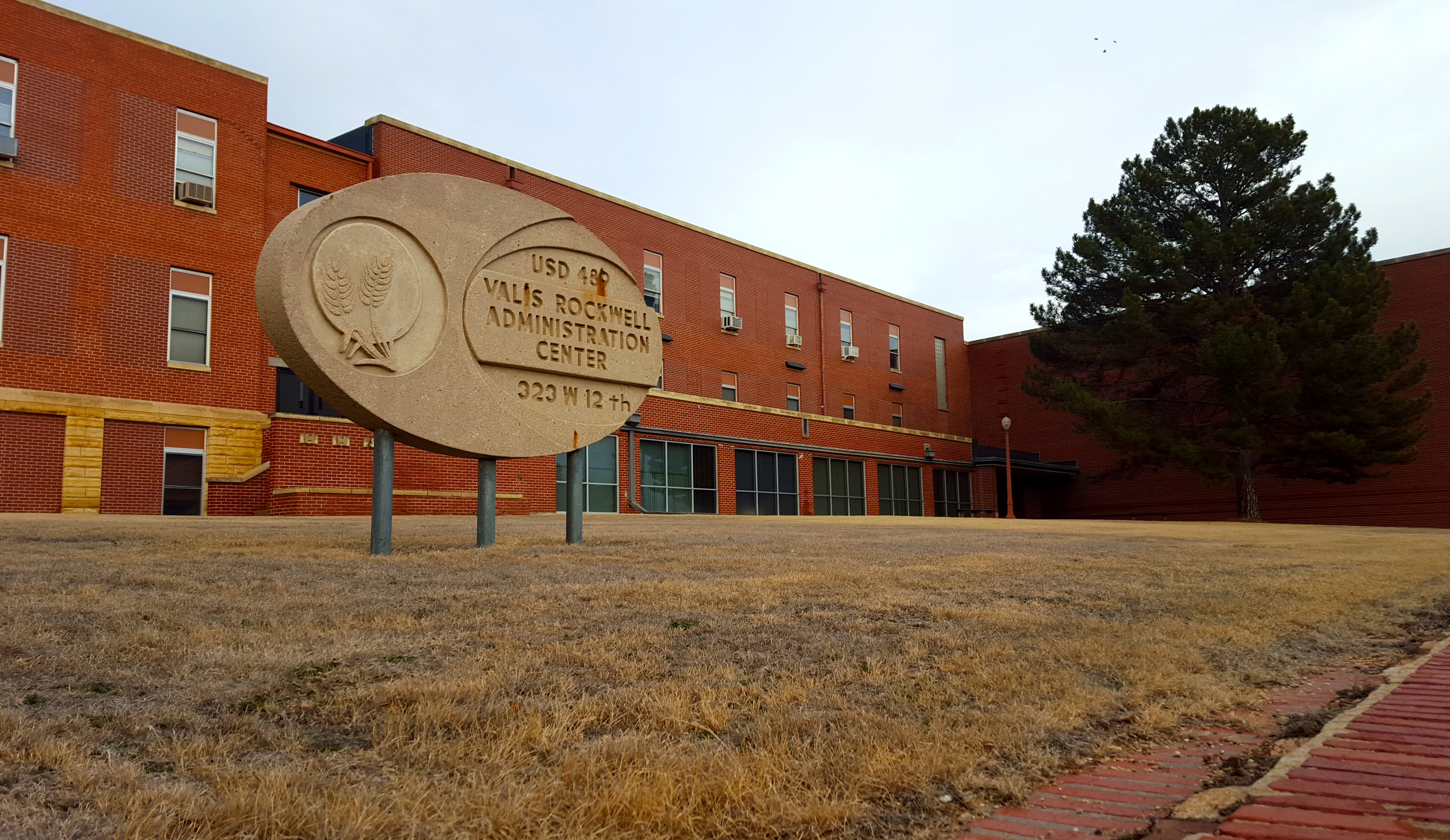By JAMES BELL
Hays Post
At the Hays USD 489 Board of Education work session this week, the board discussed the proposed fee schedule for the upcoming school year, which may not result in a big change in fees, but will result in a big change in the way the district utilizes technology.
Hays Middle School students cannot currently take their district issued technology home with them, but if the board approves the proposals discussed at Monday night’s work session, that may change.
“We’re not getting our money’s worth by leaving them in the building at three o’clock every day,” said Craig Pallister, HMS principal.
The new fee proposed would add a $25 technology fee for middle school students, allowing the district to cover the cost of allowing students to take the district issued iPads home, for at least a part of the school week. The fee would be used to cover the cost of repairs to damaged equipment.
Deductibles were also discussed for damage done intentionally or for repeated negligence.
“If there’s damage, that’s what they would have to pay up front to get their device fixed,” said Dean Katt, superintendent.
That fee would be $125, but would only be assessed on a case-by-case basis.
After having the devices in the classroom during this year, most repairs were found to be needed on screens and headphone jacks, but Scott Summers, technology director, said so far only minimal repairs were needed.
The cost of repairs was also anticipated by the district as a part of the cost of the one-to-one initiative.
While the fee was discussed in depth at the meeting, board members said the cost is simply a part of having high-tech devices available to students, and it is better to allow the devices to be used, rather than be in perfect condition until they become outdated.
“Technology changes so quickly, you can have the nicest device, but it can be outdated in four or five years,” said Luke Oborny, board member.
The board also discussed the summer school program at length, prompting tough decisions to be made at the next board meeting. The bulk of the conversation centered around fees that currently remain generally unpaid for this year, for students who would have qualified for the free lunch program under the last fee schedule and would have been able to access the classes for free.
When those fees remain unpaid, students’ transcripts will not reflect the completed coursework — situation that can create problems for the student and a situation that can be relieved for a relatively small cost to the district.
The fee this year for a half-credit summer school course was $100 for every student. Previously, that fee was on a sliding schedule ranging from $100 to free for students who qualified for the free lunch program.
“We still have $1,450 in outstanding that we are trying to collect, and that’s for 24 students,” said Anita Scheve, director of The Learning Center. “Out of those 24, 20 qualified for free lunch.”
That remaining amount came after a grant paid for 75 percent of free-lunch student’s cost were covered by a grant this year, a grant the district is not guaranteed to obtain again.
“The concern to me is, we’re quibbling over a really small amount of money and we’re holding up 24 students’ transcripts,” Scheve said.
And while the amount remains to be paid, Scheve is concerned if the amount goes back to the full $100 per half credit, it may be even more unattainable for students.
While many board members were understanding of the situation, attaching at least a small financial cost to summer school classes seemed important, if for no other reason to make the program cost-neutral.
“I don’t think we should make money on this, by any means, but at least break even,” said Lance Bickle, board president.
“But is $2,800 for 24 students close enough to breaking even to be worth it?” Scheve questioned.
The program, in its current iteration, is far more cost-efficient than previous summer school programs run by the district.
“If you look historically, what we used to do in the summer school, as far as doing things efficiently and cost effectively, there is no comparison to what we did (before) the Learning Center,” said Marty Straub, Hays High principal, noting the system offers more flexibility than when the program was operated through individual buildings throughout the district.
The board will consider the fee schedule at its next regular meeting.
